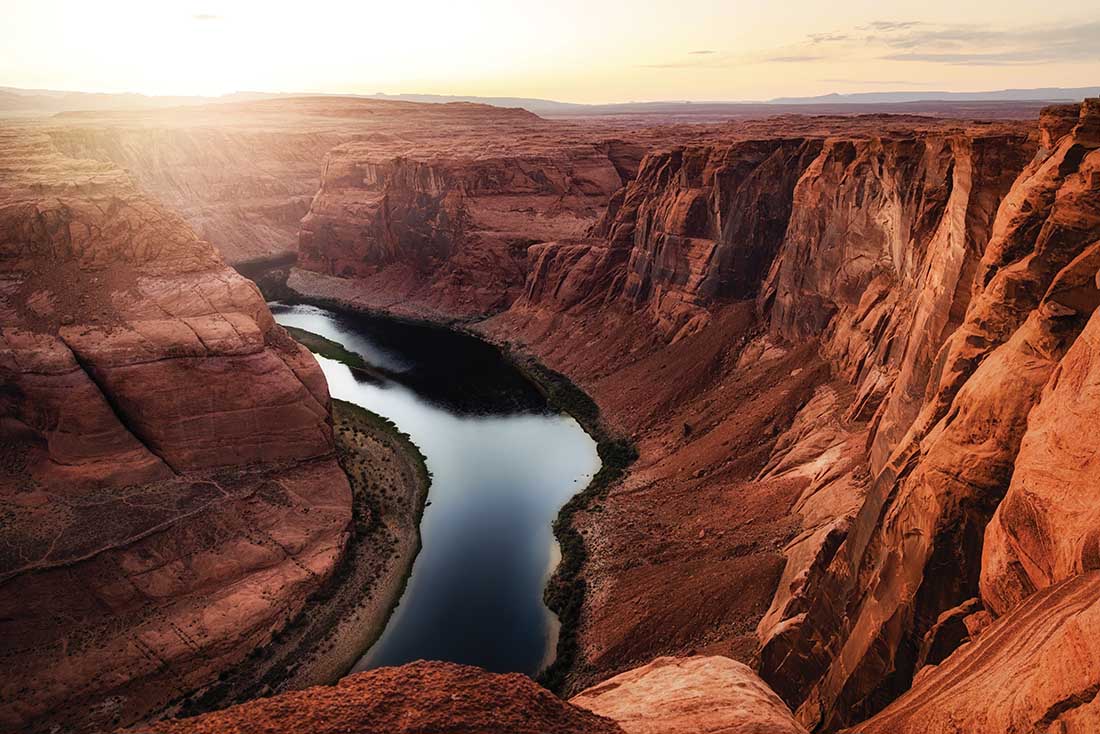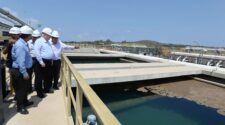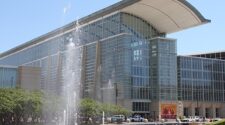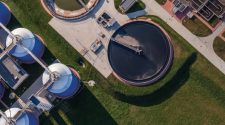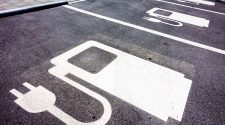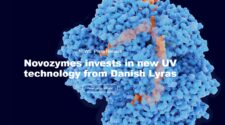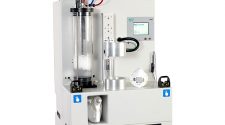The onslaught of news on droughts, mega-droughts (aridification), and the impacts of climate change in the U.S. and globally has reached a new high. Water scarcity and poor quality are taking their toll on local communities, regions, and countries along with impacts to business continuity and growth. The American West, Latin America, Europe, and the Middle East are dealing with less water for utilities, agriculture, cities, and ecosystems.
The reality of rapidly declining water security has resulted in a robust renewal of investing in innovative water technologies and business models to solve “super wicked water problems.” Examples of the opportunities in investing in water technologies have been recently chronicled in numerous articles such as “Investment in European Water Tech Startups,” “3 Ways to Invest in America’s Crumbling Water Infrastructure,” and “Amid VC’s Downturn, Some Corporate Titans Are Doubling Down on Startups.”
In my view, the key trends in investment in innovative water technologies are digital technologies (AI, remote sensing, sensors), advanced treatment membranes (graphene and 3-D printing), smart water homes (water efficiency, leak detection, and water reuse), alternative sources of water (air moisture capture and reuse), industrial (AI for monitoring asset performance and water use) and agricultural technologies (precision gravity irrigation).
For me, one of the more significant trends and compelling investment opportunities is in residential and commercial water treatment technologies. For this article, I will focus on the trend of “extreme decentralization” in residential and commercial buildings as I believe it is one of the most significant opportunities for technology innovation and investment.
The Case for Extreme Decentralization
Residential and commercial water treatment technologies can be categorized as decentralized (local or neighborhood scale) or extreme decentralized (the individual home or commercial building) water treatment systems. An excellent overview of extreme decentralization is captured in the article, “The Third Route: Using Extreme Decentralization to Create Resilient Urban Water Systems.”
They advocate for household-based personalized water systems, first targeted at the affluent who expect more functionality and sustainability from water systems, with the funds to invest in systems tailored to their personal water preferences. The result, they say, will allow for tremendous creativity-base of individual users and entrepreneurs, facilitating the type of co-creation that accelerated the rapid development of consumer electronics.
The authors make the case that the water sector can learn from other sectors on infrastructure transition. Specifically, the transition in the power sector from centralized systems to localized (residential and commercial) systems most closely resemble the water sector. The learnings from the power sector infrastructure transition include the significant decline in costs for residential solar and the appeal of renewable energy by early adopters. The appeal by early adopters included the reliability of being “off-grid” and the contribution to reducing greenhouse gas emissions. The rapid growth of household and commercial solar systems accelerated advances in technology innovation and the development of an “innovation ecosystem.” This innovation ecosystem included home-based power storage systems and integration with electric vehicles. The authors conclude that the “opportunity to create sustainable electric power at the individual household level became the key driver for a rapidly innovating sector, in time surpassing the conventional sector from an economic standpoint and bringing along secondary applications.”
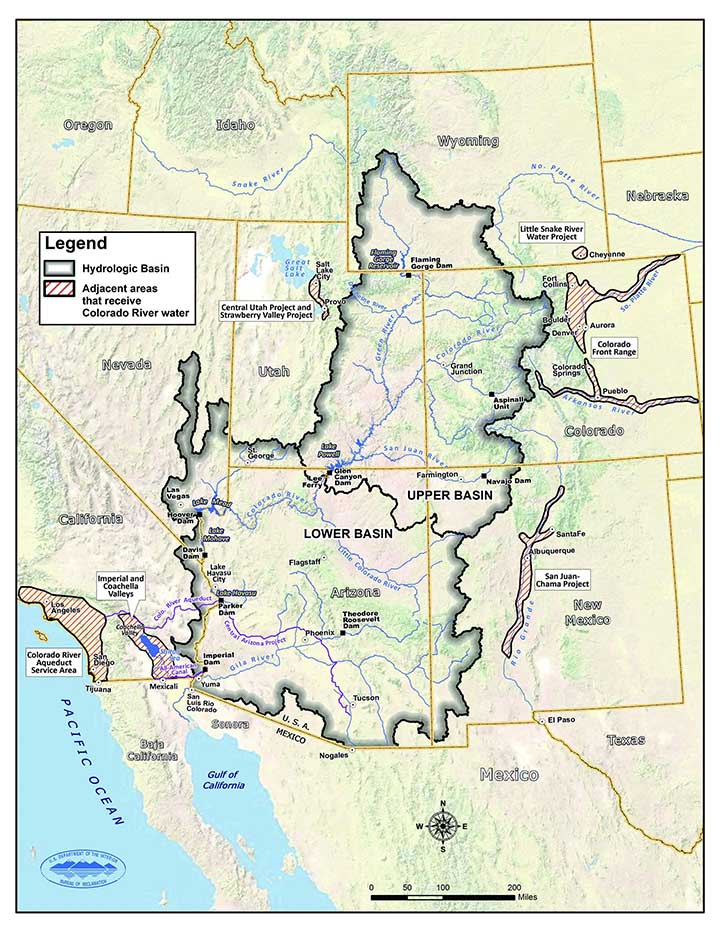
The major conclusion of the authors is that, when considering the developments of distributed power generation as a model, “centralized urban water systems will coexist with decentralized systems during a transition phase. Eventually, centralized systems will lose their viability in some areas with low population densities and be replaced by fully household or building-scale systems in locations where decentralized systems offer substantial advantages.”
Moreover, radical innovation was possible in the power sector through the emergence and mass production of personalized, small-scale systems. The authors maintain that the same is possible in the water sector, if we are willing to consider alternatives to the existing centralized, large-scale infrastructure with piped and trucked water. Their research concludes that in many cases houses and buildings can become water-independent or can deliver water with occasional supplementation.
What does this mean for the water sector?
The water sector is very different from power generation. However, we are seeing a move to decentralized and extreme decentralized water treatment systems in residential and commercial buildings in response to water scarcity and the challenges facing traditional water utilities (e.g., aging and underinvested infrastructure). Moreover, in many parts of the world communities can no longer solely rely upon traditional sources of water (surface water and groundwater), and water reuse is gaining acceptance.
While decentralized and extreme decentralized water treatment systems may not completely replace more traditional water treatment infrastructure in the near future, we will likely see greater adoption and the birth of hybrid systems (centralized and decentralized/extreme decentralized systems). Also, the technology opportunities for the adoption of water treatment technologies in the “built environment” are being accompanied by other water technologies in the areas of water efficiency and leak detection (e.g., flume, conservation labs, etc.). It is important to keep in mind that this trend of smart water homes mirrors the development of residential and commercial power generation (residential solar) and energy-efficiency appliances and metering which we now take for granted.
An Example: The American West
The need for innovative water reuse technologies at the residential and commercial scales is strikingly apparent in the American West and in particular, the Colorado River Basin (CRB) and Arizona.
The CRB is one of the most productive and influential, economically and environmentally, yet conflicted regions of the United States. The Basin spans seven states, with its northernmost borders stretching into Wyoming, across Colorado and Utah, and down into Nevada, southern California, Arizona, and New Mexico. From there, the basin expands into northern Mexico where the Colorado River reaches toward the Gulf of California.
In addition to its environmental role, the economic importance of the CRB cannot be overstated: the Colorado River supports $1.4 trillion in annual economic activity and 16 million jobs – the equivalent to about 1/12 of the total gross domestic product in the U.S. It is estimated that if 10 percent of the river’s water were unavailable (a decline quite possible under projected climate change scenarios of 10 to 30 percent flow reductions by 2050), there would be a loss of $143 billion in economic activity and 1.6 million jobs, in just one year.
The CRB is experiencing severe water scarcity due to the aridification (extreme prolonged drought) from climate change. This aridification has led to intervention by the U.S. Federal government, which ultimately forced key states to craft an agreement to use less water. Arizona, California, and Nevada agreed to take less water from the CRB – a breakthrough agreement that, for now, keeps the river from falling so low that it would jeopardize water supplies for major Western cities like Phoenix and Los Angeles as well as for some of America’s most productive farmland.
What this translates to is a negative impact on economic development, which is being covered in recent media coverage. In particular, this coverage has focused on the impact of water scarcity on residential development highlighting the severity of aridification (not a drought but a long-term shift in the climate to an arid environment) on the region and the opportunity to accelerate the scaling of water reuse at utility scale and, in my view, residential and commercial scales (“Arizona Limits Construction Around Phoenix As Its Water Supply Dwindles” and “Phoenix Hopes To Turn Wastewater Into Drinking Water by 2030.”) Alternative sources of water, such as reuse, are needed as the Colorado River can no longer be the sole source of reliable water for the region.
What is happening in Arizona is part of a broader trend in the American West. Many western states are expanding water reuse with California, Arizona, and Texas have seen the fastest growth recently due to supportive policies, growing populations, and recurring drought issues. Water reuse adoption is growing fastest in a few key states:
- California – California has emerged as a leader in water reuse. The state has set goals to increase recycled water use by two million acre-feet per year by 2030. Major reuse projects exist in Southern California, the San Francisco Bay Area, and the Central Valley.
- Texas – Recycled water use has expanded rapidly in cities including, El Paso, San Antonio, and Dallas-Fort Worth. Agriculture and landscape irrigation are major uses. Texas also has the largest direct potable reuse project in the country.
- Nevada – Las Vegas recycles nearly all water used indoors for uses like irrigating golf courses and parks. Nevada requires the evaluation of reuse potential for new developments.
- Colorado – Reuse in Colorado is focused on non-potable uses such as irrigation, but direct potable reuse is being explored in response to shortages in the CRB.
- New Mexico – Albuquerque and other New Mexico cities have significant recycled water programs, mainly for landscape irrigation and industrial uses. More projects are in development.
Innovative Technologies and Companies
Examples of companies focused on extreme decentralized that I find interesting are Hydraloop (we are an investor), Greyter, Epic Cleantech, and Rainstick.
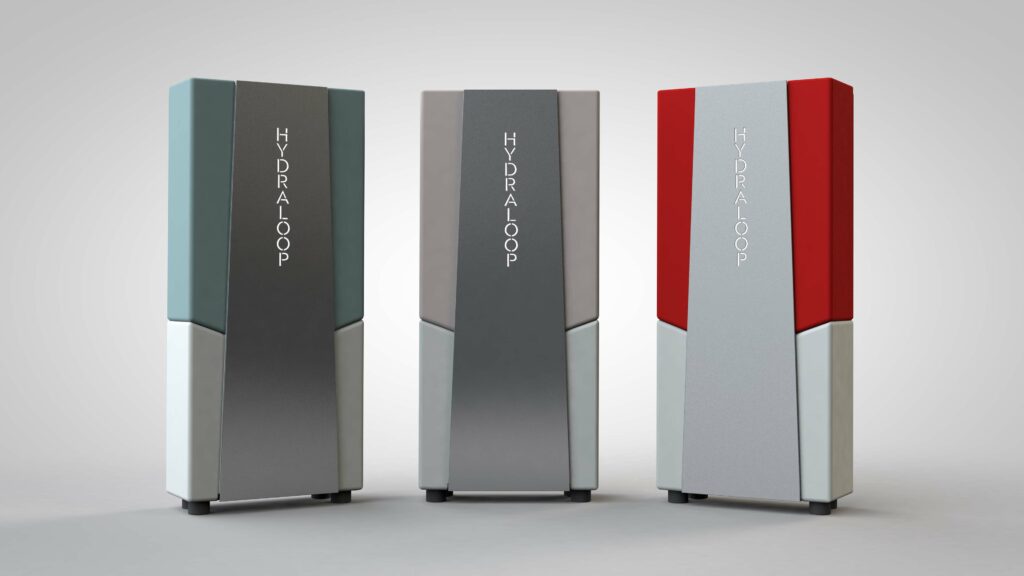
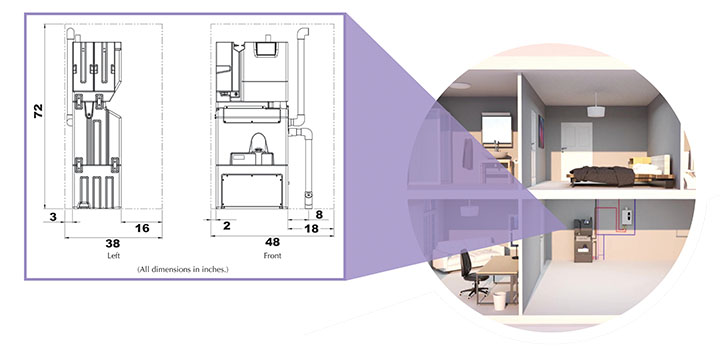
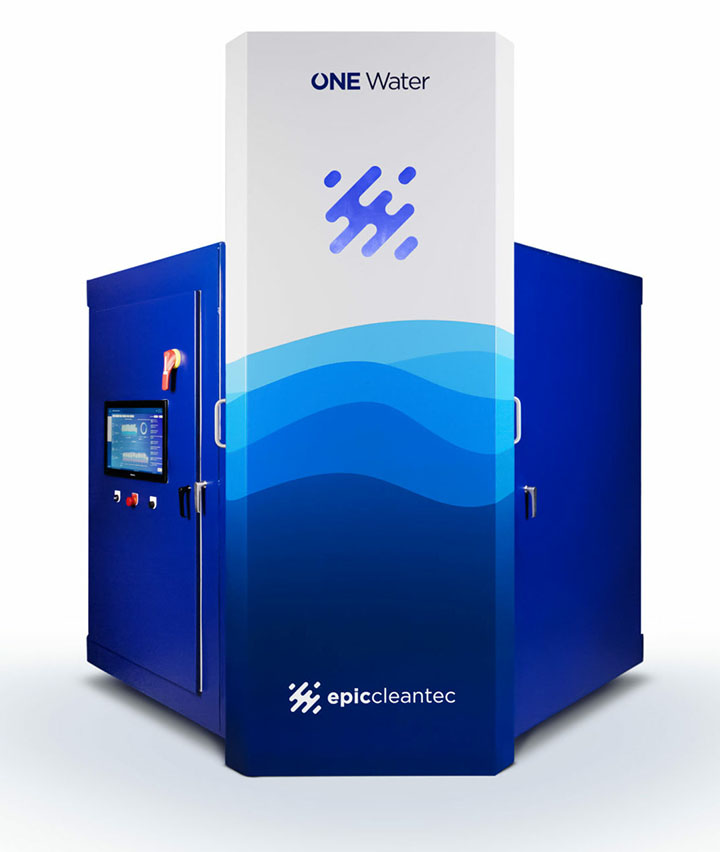
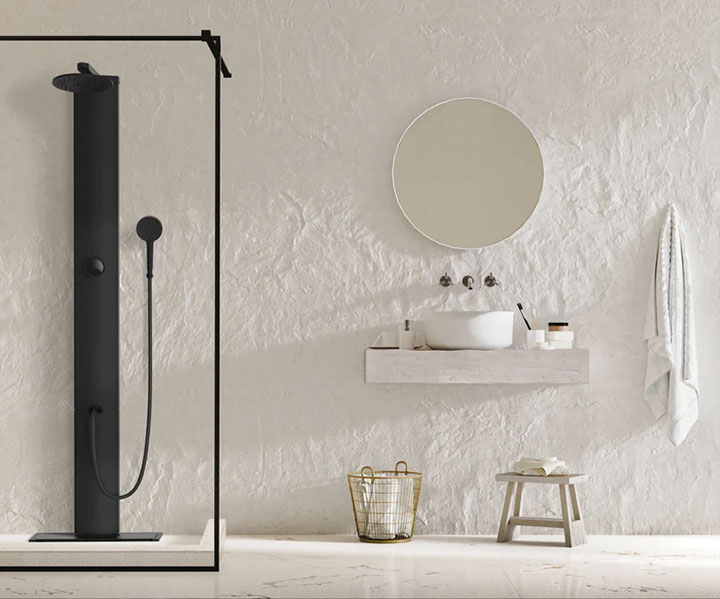
- Hydraloop – A Dutch company that makes a compact unit that recycles shower and sink water for reuse in toilets, washing machines, and irrigation. Their units can recycle over 85% of household water. Hydraloop is a multi-award-winning company that designs and manufactures decentralized, consumer-friendly, IoT-connected, compact and scalable graywater recycling products for residential and commercial properties, reducing water consumption by up to 45 percent. Hydraloop has a global partner network of more than 120 partners in more than 50 countries. Headquartered in the Netherlands, Hydraloop has offices in the United States and the Middle East, as well as representatives in Canada and Australia.
- Greyter – A U.S.-based company focused on simple, compact greywater recycling systems for the home. Their systems filter and disinfect greywater for non-potable residential use. The system captures greywater from bathroom sinks, showers, tubs and washing machines. The greywater passes through a hair and lint filter first to remove large particles and then goes through a two-stage filtration system: a sediment pre-filter followed by a cotton filter. After filtration, the water passes through a UV disinfection system to kill bacteria and viruses. Finally, the treated greywater is stored in a 30-gallon tank and can be reused for non-potable purposes like irrigation The entire system fits under the sink or in a basement/garage for easy retrofits and can recycle over 22,000 gallons per year, reducing household water use.
- Epic Cleantec – A U.S.-based company that Epic Cleantec (Epic) specializes in innovative, energy-efficient decentralized wastewater recycling suitable for sites not connected to sewer systems. Epic opened its U.S. headquarters and first American demonstration facility in San Francisco in 2018 when it retrofitted an existing warehouse building into a high-tech water recycling site to showcase its system. The San Francisco facility has the capacity to recycle over 30,000 gallons of water per day back to drinking quality standards. It uses an integrated system of collection tanks, membrane bioreactors, reverse osmosis, UV disinfection, and electrochemical activation. Testing achieved over 90% water recovery turning the wastewater into high-quality water for reuse. Also, Epic uses the site to educate policymakers, potential partners, investors and others about their water reuse technologies.
- RainStick Shower is a product made by the company RainStick that helps recycle water while you shower. It is a shower head attachment that connects between your existing shower head and the shower arm. It contains a small microfiltration system inside that filters and purifies water while you shower. During the shower, it redirects a portion of the clean recycled water back into a pipe that connects to your toilet tank or an irrigation system. This enables you to reuse some of the shower water, typically about 25-35%, reducing the amount that goes down the drain. The water is filtered to remove particles and treated with a disinfectant to kill bacteria and viruses, making it safe for toilet flushing or irrigation. No separate water storage tank is needed since the recycled water is sent directly to its end use. The system recycles automatically and the shower works normally, giving you the same pressure and experience. RainStick claims the Shower can help the average family save approximately 25,000 gallons of water per year. It requires minimal installation and connects to existing plumbing in the home.
Conclusions
I believe that extreme decentralization, residential and commercial water, and wastewater treatment, will increase in adoption for several reasons. Alternatives to centralized water systems that solely rely on traditional sources of water (surface water and groundwater) are facing challenges due to the impact of climate change, aging infrastructure and inadequate funding. These challenges, coupled with demand for off-grid and personalized water systems, create a driver for technology and business model innovation (water and wastewater treatment as a service) and, in turn, investment opportunities.
The move away from solely relying on centralized water and wastewater systems is ultimately inevitable and the time is now to participate in this transformation of the water sector.


